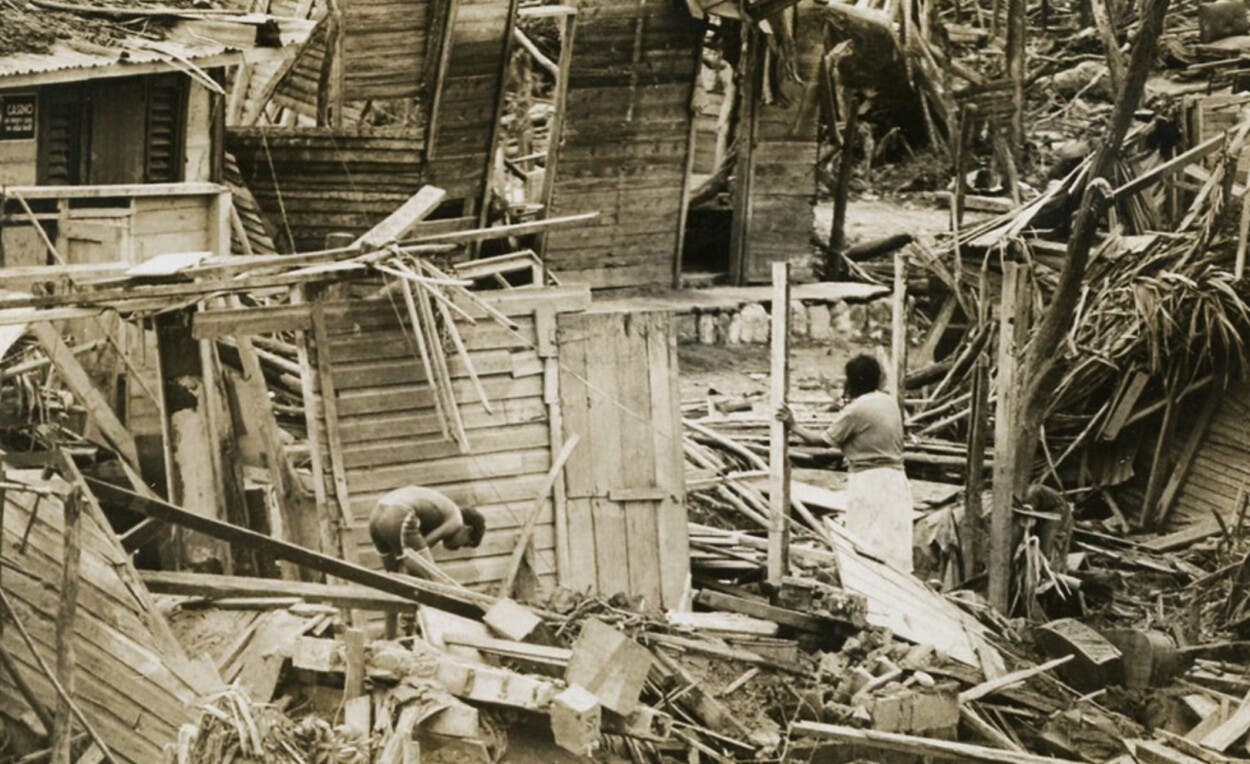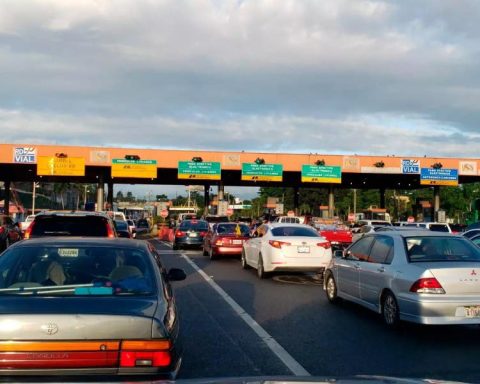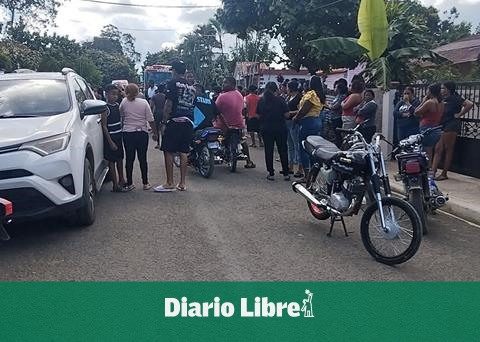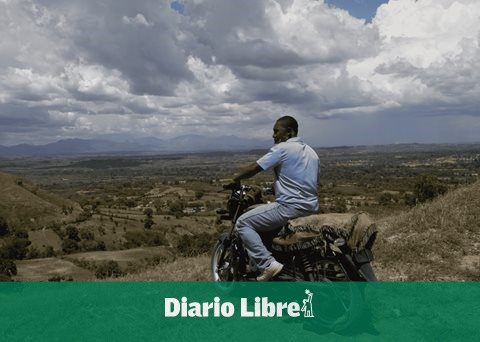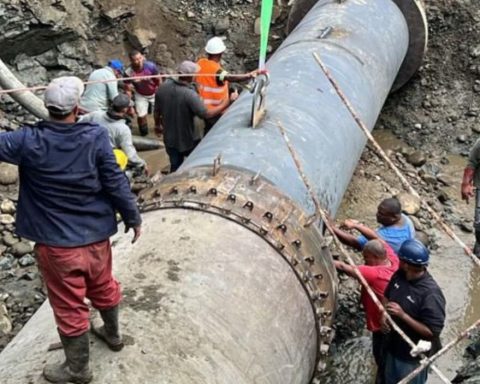In September of each year there is the possibility that a major hurricane will hit the territory of the Dominican Republic leaving regions in crisis, as happened with David and San Zenón, according to records from the last 96 years of the Dominican Institute of Meteorology and the National Hurricane Center from the United States.
In this count there is an exception: Hurricane David, which hit the territory of the Dominican Republic on August 31, 1979.
Year 1928
On September 6, 1928, a wave that left Africa became a tropical storm and on September 13 it hit Puerto Rico and on September 14 the territory of the Dominican Republic through Samaná and María Trinidad Sánchez, with hurricane force winds of 259 km/h, then it moved away from the country across the Atlantic Ocean.
San Zeno, 1930
Among the most impactful cyclones that have affected the Dominican Republic is Hurricane San Zenón.
You can read: Saint Zeno
On September 2, it moved south of Puerto Rico and on the 3rd it hit the Dominican Republic with winds exceeding 240 kilometers, destroying a large part of the city of Santo Domingo, then moving through San Cristóbal, Peravia, Azua, San Juan and Elías Piña.
Year 1963, Edith
On September 23, 1963, a disturbance developed east of the Windward Islands, Lesser Antilles, and was declared a tropical depression.
You can read: 45 years ago, the Dominican Republic faced the worst catastrophe due to Hurricane David
On September 25, Edith was declared a hurricane as it moved west/northwest. On September 25, the hurricane reported maximum winds of 155 km/h, with major hurricane category.
Edith lost wind strength and returned to a tropical storm, turned northwest in the Caribbean Sea and made landfall near La Romana, Dominican Republic on September 27.
Cyclone Inez, 1966
Another major cyclone in September that affected the Dominican Republic was Hurricane Inez, which originated as a tropical depression near the Cape Verde Islands, Africa, on September 21, 1966.
It then moved westward and made landfall on September 29 in Barahona, Dominican Republic with maximum sustained winds of 270 km/h, on the Barahona Peninsula.
Hurricane Beulah, 1967
Another major hurricane in September was Beulah, in 1967, which declared itself a tropical depression on September 5, east of the Lesser Antilles and a day later became a hurricane reaching winds of 240 kilometers per hour.
On September 11, it hit the Barahona Peninsula and then Pedernales.
Emily, 1987
In September 1987, a tropical wave developed and on the 20th it was declared a tropical depression, being located east of the Lesser Antilles where it reached the category of tropical storm Emily until it became a hurricane and on September 21 it crossed the arc of the Lesser Antilles and moved across the Caribbean Sea.
On the 22nd it impacted the national territory between Azua and Barahona, moving through San Juan, Elías Piña and then the territory of Haiti.
Hurricane David, 1979
On August 31, 1979, Hurricane David passed almost directly over Santo Domingo and San Cristóbal, then moved through Peravia, San Juan and Elías Piña with maximum winds of 250 kilometers per hour, destroying several productive systems and communication routes.
You can read: Today marks 44 years since Hurricane David

Another cyclone from September of the same year 1979 was the storm Frederic, which affected the country on September 5, dumping a large amount of water that worsened the situation left by David.
Cyclone Georges, 1998
Another cyclone in September that caused damage in the country was Hurricane Georges, which hit the national territory on September 22, 1998 with winds of 200 kilometers per hour, producing waves of 12 feet and a minimum pressure of 971 millibars.
The phenomenon originated from a tropical wave on September 15, 1998, and was declared a tropical depression near the Cape Verde Islands, Africa. On the 16th, it acquired the category of tropical storm, on the 17th, it became a hurricane, on the 21st it crossed the Lesser Antilles arc with the category of major hurricane, and on the 22nd it hit the country between the provinces of San Pedro de Macorís and La Romana.
Hurricane Fiona, 2022
On the morning of September 13, a tropical wave began to organize near the Cape Verde Islands, Africa. The system continued to reorganize and on September 14 it was declared tropical depression number seven of the season about 1,290 kilometers east of the Lesser Antilles.
On September 15, satellite images from the United States National Hurricane Center reported that the depression had strengthened in its winds, acquiring the category of tropical storm and assigned it the name Fiona with sustained winds of 85 km/h.

On the afternoon of September 18, with maximum winds from Hurricane Fiona increasing to 130 km/h, the cyclone crossed about 80 kilometers south of Ponce, Puerto Rico causing
At noon on September 18, the first gusts were recorded in La Altagracia and sectors of Sabana de la Mar, Hato Mayor.
Fiona continued to intensify in the Mona Passage, where it developed an eye at 3:30 a.m. on September 19. It made landfall in Boca de Yuma, La Altagracia, Dominican Republic with sustained winds of 150 km/h and a minimum pressure of 977 millibars.
